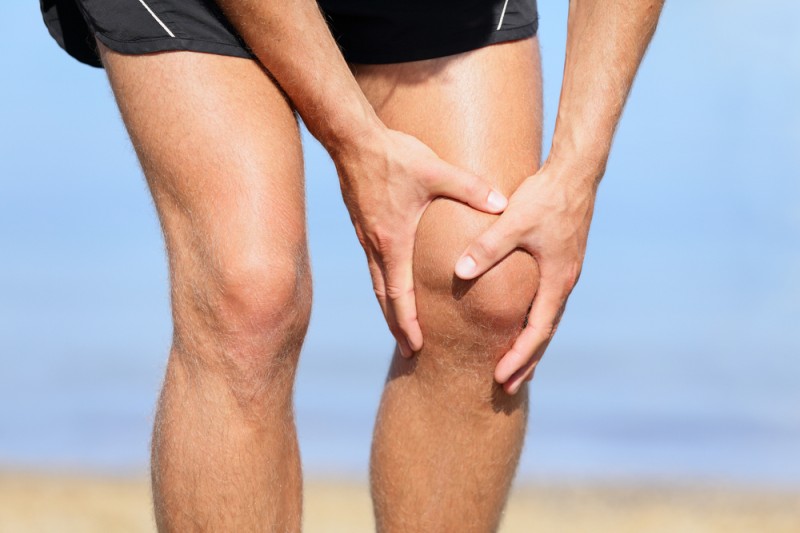If you’ve ever damaged your ACL you’ll know that it can be incredibly painful.
It’s one of the most commonly injured ligaments of the knee with approximately 200,000 injuries recorded in Adelaide each year.
Sadly the majority of these knee injuries occur from sports related activities such as basketball, football, skiing and running.
You will need a qualified knee surgeon to help you get scans and then determine whether you have in fact, torn your ACL.
What is the ACL?
Your knee joint is made up of the femur, tibia and patella.
The ACL is one of four major ligaments in the knee which connect the femur to the tibia.
This group of four ligaments contains:
- medial collateral (MCL)
- lateral collateral (LCL)
- anterior cruciate (ACL)
- posterior cruciate (PCL)
The ACL is located in the middle of the knee and its main role is to stop the tibia from sliding out in front of the femur.
The ACL also does the important job of providing rotational stability for the knee.
Evaluating an ACL Injury
Many ACL injuries actually occur alongside damage to the meniscus, articular cartilage and other ligaments. In these cases, MRI scans are usually used to spot injury to the cartilage.
A doctor will also usually order X Rays to check for any fractures as well as performing specific tests (including Lachman’s Test) to try to work out whether the ACL is still in tact or not.
Surgery for ACL Injuries
If an ACL is torn, it will generally be replaced by a substitute graft of tendon carried out in surgery. The ligament will be reconstructed or repaired.
Surgery for an ACL injury usually takes place when swelling around the knee cap has reduced and a range of movement has returned to an extent. You will undergo an anaesthetic and the knee surgeon will examine the knee before removing graft tissue in preparation for relocation.
The most commonly used grafts are autografts. This means that a part of the patient’s own body is used – such as one of the hamstring tendons or the patellar tendon (the tendon of the kneecap).
For more information about knee surgery, head to Axiosdev for an additional insight on ACL’s. Or check out The Marketing Company for more information on surgery.
